How many cat breeds do you know? The first that come to my mind are Persian, Siamese, British Shorthair, Devon Rex, and Maine Coon, but this is where it usually stops. This is because there are not as many cat breeds as there are dog breeds. So, how many breeds of cats are there?
In this article, you’ll learn the history of cat breeds, how many breeds of cats there are, the categories, the most popular cat breeds, and the best cat breed if you have allergies.

Table of Contents
- What’s the history of cat breeds?
- Amount of cat breeds depend on whom you ask
- How many categories of cat breeds are there?
- What are the most popular cat breeds?
- What is the best type of cat for someone with allergies?
- Will we see new cat breeds in the future?
- FAQ
What’s the history of cat breeds?
The history of domestic cat breeds is a long and fascinating one. Cats have been domesticated for thousands of years. Over that time, humans have selectively bred the natural breeds to produce a wide variety of different physical and behavioral traits. Way back when, it’s believed there were 16 naturally occuring breeds of cat. Today, there are over 64 recognized cat breeds, each with its own unique look and personality.
The first cat breeds were likely developed in ancient Egypt where cats were worshipped as sacred animals. These early cats were typically small and slender, with long hair and green eyes. Over time, cats spread to other parts of the world and new ones were developed in different regions. For example, the Persian was developed in Persia (now Iran), while the Maine Coon was developed in the United States.
In the 19th century, cat breeding became more organized and cat shows began to be held. This led to the development of even more cat breeds as breeders began to focus on creating cats with specific physical characteristics. Today, there are many different cat breeds to choose from, each with its own unique appeal.
Amount of cat breeds depend on whom you ask
It’s not easy to answer this question. This is because there are quite a few organizations that weigh in on recognizing (or not recognizing) new ones. You’ve most likely heard of a cat breed being recognized for the first time. Although this may sound weird, there are institutions that develop cat breed standards. They also make rules for cat shows and oversee the breeding. The two largest organizations are the Cat Fanciers Association (CFA), which operates mostly in North America, and its European counterpart, Fédération Internationale Féline (FIFe)..
- CFA recognizes 45 cat breeds at present. The newest additions are the Khao Manee and Lykoi. Both allowed to compete in cat shows starting in 2018.
- FIFe recognizes 51 cat breeds.
These differing numbers do not mean that FIFe recognizes five more than CFA does. There are quite a few that are unique to each organization. For example, the German Rex is one that FIFe acknowledges, while only the CFA recognizes the Ragamuffin. In general, Europeans seem to be more open to recognizing short and long-haired versions as a separate breed. For example, the long and short-haired American curls and Selkirk Rexes, while the CFA says that these are two versions of the same breed of cat.
The total number of distinct breeds recognized by either or both the CFA and FIFe is 64.
Another large body, The International Cat Association (TICA), currently recognizes 73 cat breeds as eligible to compete for the championship title in its shows. In addition, TICA has placed six more breeds on a waiting list of sorts. That is, they are at different stages in the recognition process.
The above gives an rough insight into the number of cat breeds. Many national and regional organizations exist, and the number of breeds they recognize differ, but most acknowledge between 40 and 80. The more intriguing question is, how has this number changed over time?
Another large body, The International Cat Association (TICA), currently recognizes 73 standardized breeds as eligible to compete for the championship title in its shows. In addition, TICA has placed six more on a waiting list of sorts. That is, they are at different stages in the recognition process.
The above gives an rough insight into the number of feline breeds. Many national and regional organizations exist, and the number of unique ones they recognize differ, but most acknowledge between 40 and 80. The more intriguing question is, how has this number changed over time?
How many categories of cat breeds are there?
There are many different categories of cat breeds, but they can generally be divided into two main types of cats: pedigree and non-pedigree.
- Pedigree cats are cats that have been bred for specific genetic traits, such as coat color, pattern, or personality. They are registered with a cat registry such as the CFA and TICA.
- Non-pedigreed cats are cats that aren’t registered with a cat registry. They may be mixed or they may be purebred cats that don’t meet the standards for registration.
In addition to pedigree and non-pedigree, cat varieties can also be categorized by their physical characteristics such as:
- Coat types: Cat breeds can be divided into three main coat length types: shorthair, medium hair, curly coats, and long-haired varieties.
- Coat color: Cat breeds can come in a wide variety of coat colors, including solid colors, bicolors, tricolors, and tabbies.
- Coat pattern: Cat breeds can also have a variety of coat patterns, such as solids, tabbies, and calicos.
Finally, cat breeds can also be categorized by their personality traits. Some cat breeds are known for being more active and playful, while others are known for being more laid-back and affectionate.
Here are some of the most popular cat breeds in each category:
- Pedigree: Ragdoll, Persian, Maine Coon, Siamese, Abyssinian
- Non-pedigree: Domestic Shorthair, Domestic Mediumhair, Domestic Longhair
No matter what your lifestyle or personality, there is a cat breed out there that is perfect for you. You can find many potential four legged fur babies for you at your local animal shelter. Many will be mixed breed in a variety of colors and personalities. So, if you are thinking about getting a new feline friend, be sure to do your research and find a one that is a good fit for you and your family. This is especially true if you have to introduce a new cat to your existing cats you already have.
What are the most popular cat breeds?
According to the Cat Fanciers’ Association (CFA), the most popular cat breed in North America is the Ragdoll. Ragdolls are known for their gentle, laid-back personalities and their long, silky fur. They are also relatively low-maintenance, making them a good choice for first-time cat owners. Here is a brief overview of some of the most popular pedigreed cat breeds:
Ragdoll: The Ragdoll is a breed of cat with a distinct colorpoint coat and blue eyes. They are large and weighty with a semi-long and silky soft coat. They are best known for their docile, placid temperament and affectionate nature.
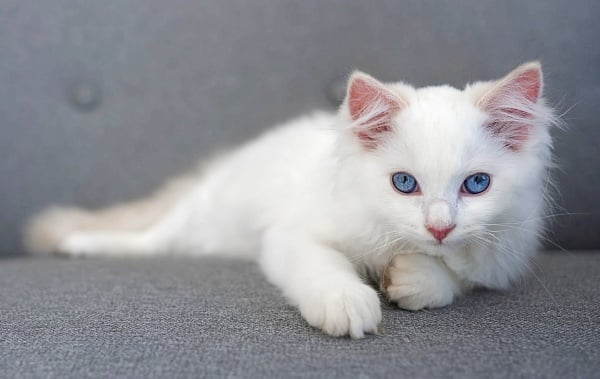
Persian: The Persian is a large, long-haired kitty with a round face and short legs. Persians are known for their gentle nature and their luxurious fur.
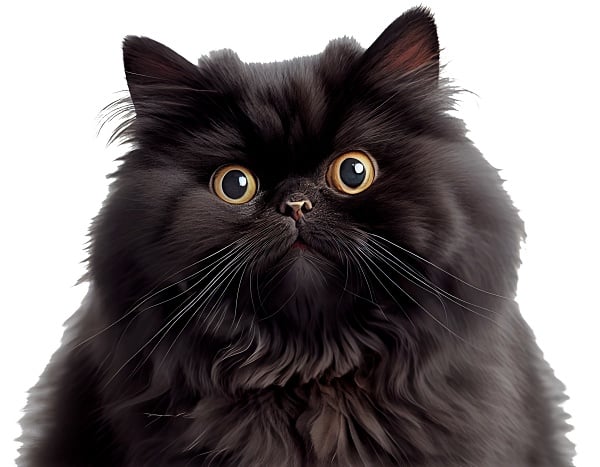
Maine Coon: The Maine Coon is large, with long-haired, a bushy tail, and large paws. Maine Coons are known for their playful personality and their love of water.
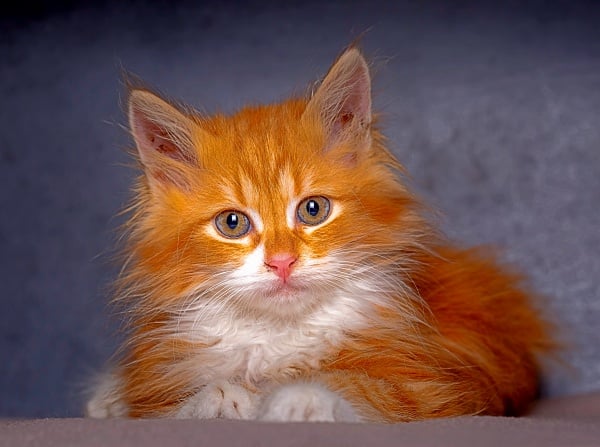
Siamese: The Siamese is a medium-sized cat with a slender body and short hair. Siamese cats are known for their distinctive almond-shaped eyes and their high-pitched voices.
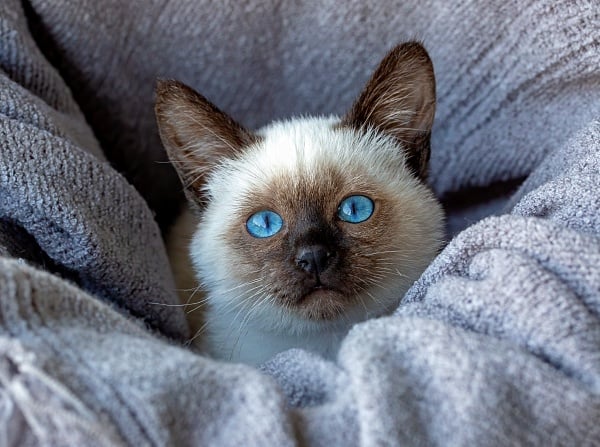
Abyssinian: The Abyssinian is a medium-sized feline with a slender body and short, glossy hair. Abyssinian cats are known for their playful personality and their high energy levels.
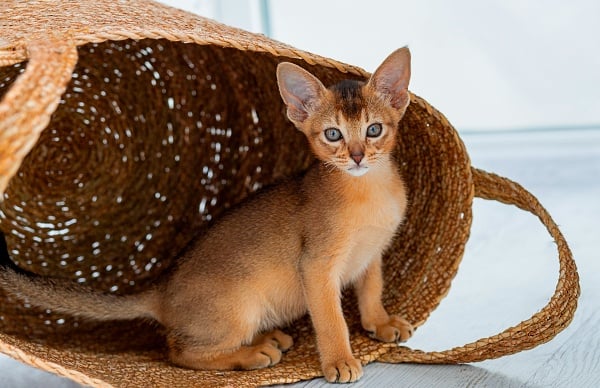
Scottish Fold: The Scottish Fold is a medium-sized cat with a round face and folded ears. Scottish Folds are known for their gentle nature and their love of cuddling.
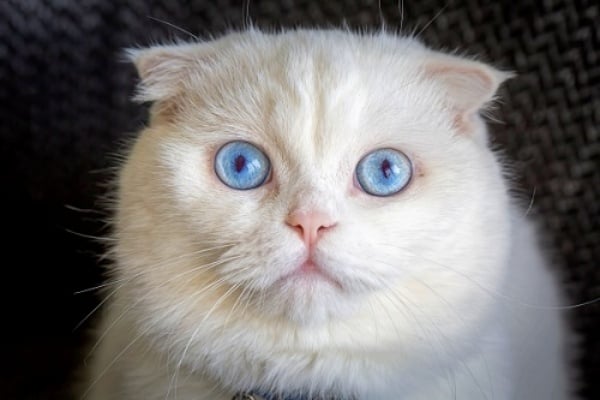
These are just a few of the many different cats that are available today. With so many different kittys to choose from, there is sure to be a one that will make the perfect feline friend for you.
What is the best type of cat for someone with allergies?
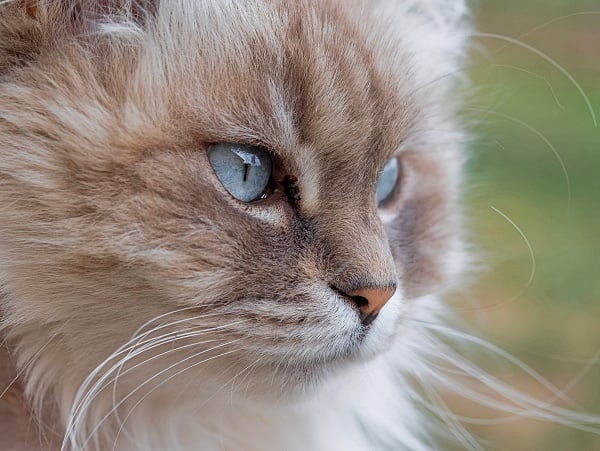
Many of our pet parents that visit our vet clinic ask this question. We’ve seen that Siberian cats are good for people with allergies. Yes they have a plush coat but they produce less of the proteins that cause allergy symptoms. The downside is you do have to take care of them to keep their silky coats in shape (like giving your cat a bath). Another popular hypoallergenic feline is the Siberian. They have short coats and beautiful blue eyes. The other two we see are the Sphynx and Devon Rex, The Sphynx is a hairless breed, but the lack of fur doesn’t mean they are maintenance free. They still need regular care for their coats. The Devon Rex is a very popular furry feline friend with their curly short coats and loving personalities. Note that a Devon Rex loves affection and will need a lot of attention to keep them happy.
Will we see new cat breeds in the future?
It is certain that we will see new ones in the future, but not many. In the 7 years since we last updated this article, the above-mentioned organizations have recognized, on average, about five new ones each. Not that many, really.
Notice that the vast majority of cats were recognized in the 1980s or 1990s. We are less likely to find more newcomers each year since then, and there is a good reason for that.
The CFA argues that potential new cats should have valid, long-term breed history. Before registering, one must prove that the separate breed won’t disappear. CFA requires that all potential new ones must be a valuable addition to the list of cat breeds. In short, the CFA will not register a new breed “just because.”
Overall, the recognition process is slowing down, but there are many breeders and enthusiasts working hard to select new and experimental breeds. Experimental breeds also known as hybrids are when two pedigrees are mated for desirable characteristics. Even without official recognition, they still believe their cats should be seen as distinctive breeds of cat Where appropriate, it’s just a matter of time before some of these are in fact, recognized officially.
Despite the above, it will likely take many centuries (if ever) before we see as much variety in cat breeds as we do in dogs. This is because dogs were bred for their service. Such as to herd sheep, hunt, and pull sleds through the snow.
You have learned the history of cat breeds, how many breeds of cats there are, the categories, the most popular cat breeds, and the best cat breed if you have allergies. Now you can make an informed choice when you choose your new four legged, feline fur baby. This will go a long way towards a long and happy life together with your pet cat. And keeping your Pet Happy is what we all want.
FAQ
Question: How many cat breeds are there?
The number of cat breeds recognized by different organizations varies. However, the most comprehensive cat registry, The International Cat Association (TICA), currently recognizes 73 standardized breeds.
Question: What are the most popular cat breeds?
The most popular cat breeds North America include the Ragdoll, Maine Coon, Persian, Siamese, and Abyssinian. These breeds are popular for a variety of reasons, including their looks, personalities, and temperaments.
Question: What are the different types of cat breeds?
Cat breeds can be classified into different types based on their physical characteristics, such as coat length, body type, and facial features. Some of the most common types of cat breeds include:
- Long-haired breeds: These breeds have long, flowing fur that requires regular grooming. Some popular long-haired breeds include the Maine Coon, Persian, and Ragdoll.
- Short-haired breeds: These breeds have short, sleek fur that is relatively low-maintenance. Some popular short-haired breeds include the American Shorthair, British Shorthair, and Exotic Shorthair.
- Hairless breeds: These breeds have no fur and require regular bathing to keep their skin clean and healthy. The Sphynx is the most popular hairless breed.
Question: What are the different personality traits of cat breeds?
Cat breeds can also be classified by their personality traits. Some breeds are known for being playful and active, while others are known for being more laid-back and affectionate. Some of the most popular breeds for families with children include the Ragdoll, Maine Coon, and American Shorthair. Some of the most popular breeds for adults include the Persian, British Shorthair, and Sphynx.
Question: What are the health concerns of different cat breeds?
Different cat breeds are prone to different health concerns. Some breeds are more likely to develop certain genetic conditions, such as heart disease or kidney disease. It is important to do your research and choose a breed that is known for being healthy.
Question: What’s the best cat for someone with allergies?
Siberian, Sphynx, and Devon Rex cats are good for people with allergies.
